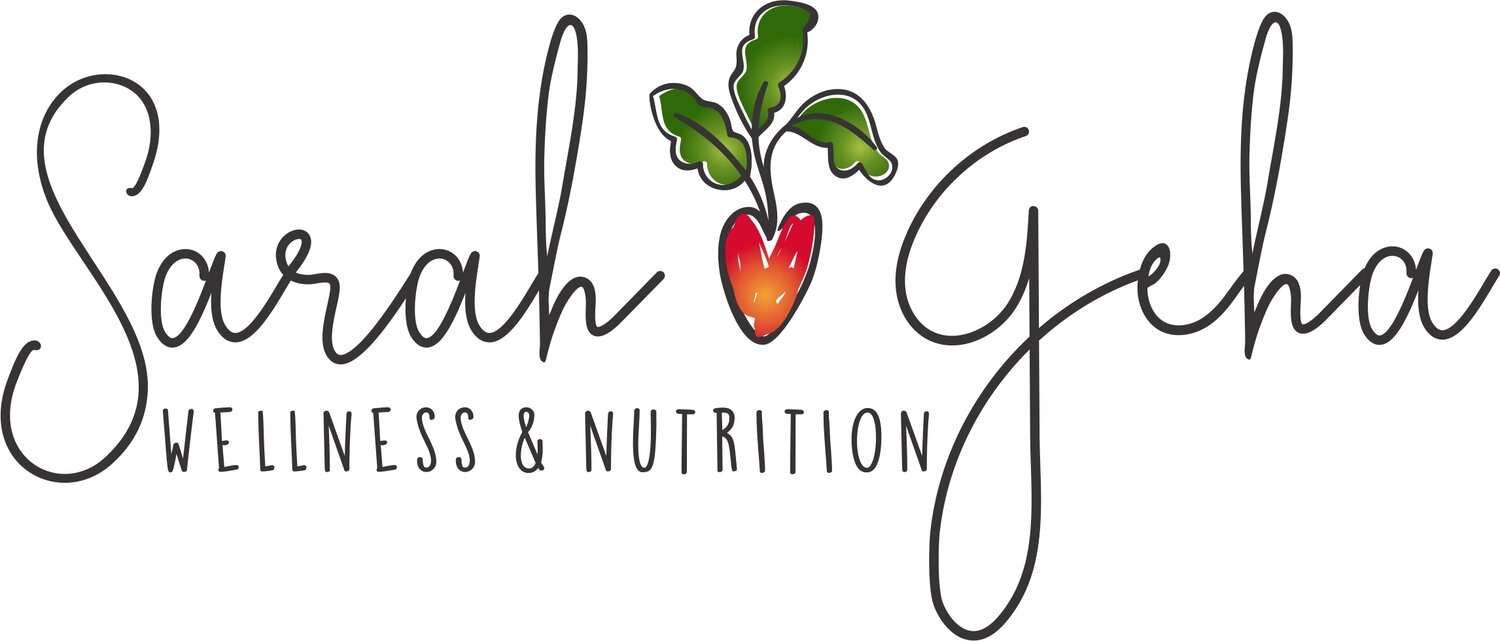Part 2: What’s Really in Conventional Beef?
/If your beef package doesn’t say 100% grass-fed, grass-finished, USDA Organic, or display another quality claim (see part 3 for more about this), it’s likely conventionally raised — meaning the cattle spent part of their life in feedlots eating a grain-based diet and possibly receiving growth-promoting drugs.
Feeding & Drug Practices
Grain diets (like corn and soy) aren’t natural for cattle and can cause digestive stress, inflammation, and weight gain (which farmers often want so they can sell it for more profit).
Antibiotics: In the U.S., a significant share of antibiotics is still used in livestock. They’re often given prophylactically (meaning they aren’t needed at the time; they’re used to prevent future illness in crowded, stressful conditions) and to promote weight gain.
Growth promoters: Hormones may be used to increase growth rates.
Animal by-products: While feeding cattle protein from other cattle is restricted, certain by-products from non-ruminant animals can still be used.
Why It Matters for Health
Nutrient profile: Grain-fed beef has a less favorable fatty acid ratio (this is more important to health than you might think!) and reduced vitamin and antioxidant content compared to grass-fed beef. It’s also lower in conjugated linoleic acid (CLA), an anti-inflammatory fat with potential anti-cancer effects. (Read part 1 for more on this.)
Antibiotic resistance: The CDC recognizes antibiotic resistance as a major health threat, with resistant infections causing tens of thousands of deaths annually. Even if you don’t take antibiotics, you may consume traces through your meat. It’s estimated that 70% of global antibiotic use is for use in livestock rather than humans!
Additives in packaging: Modified Atmosphere Packaging (MAP), using gases like carbon monoxide, can be used to make meat look bright red and appear fresher than it actually is.
Want to know why grass-fed matters in the first place? Read [Part 1: What “Grass-Fed” Really Means].
Curious about what all of the labeling means? Read [Part 3: Decoding Beef Labels].
Interested in learning more about food quality or scheduling a grocery shopping tour together? [Schedule a free 20-minute discovery call here].

